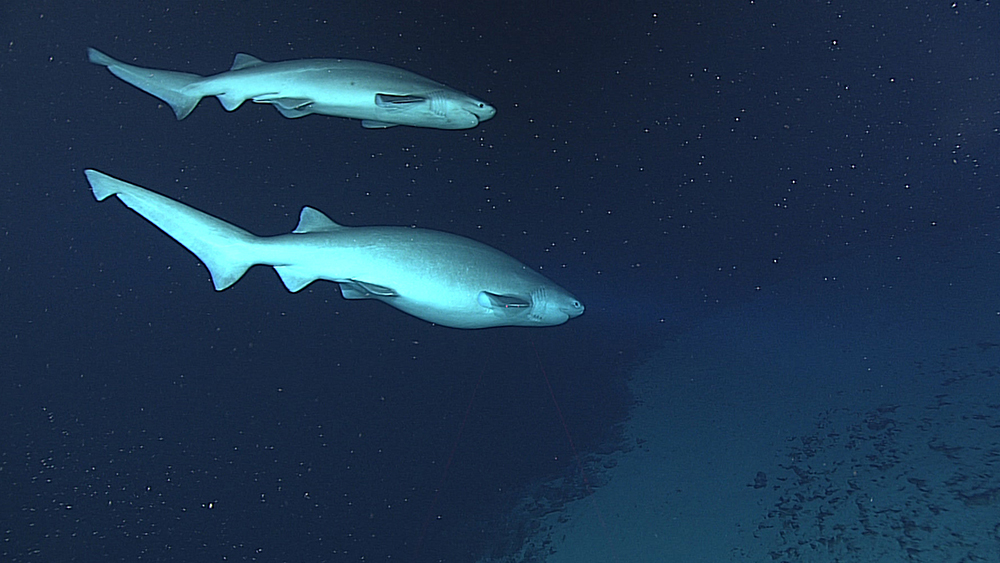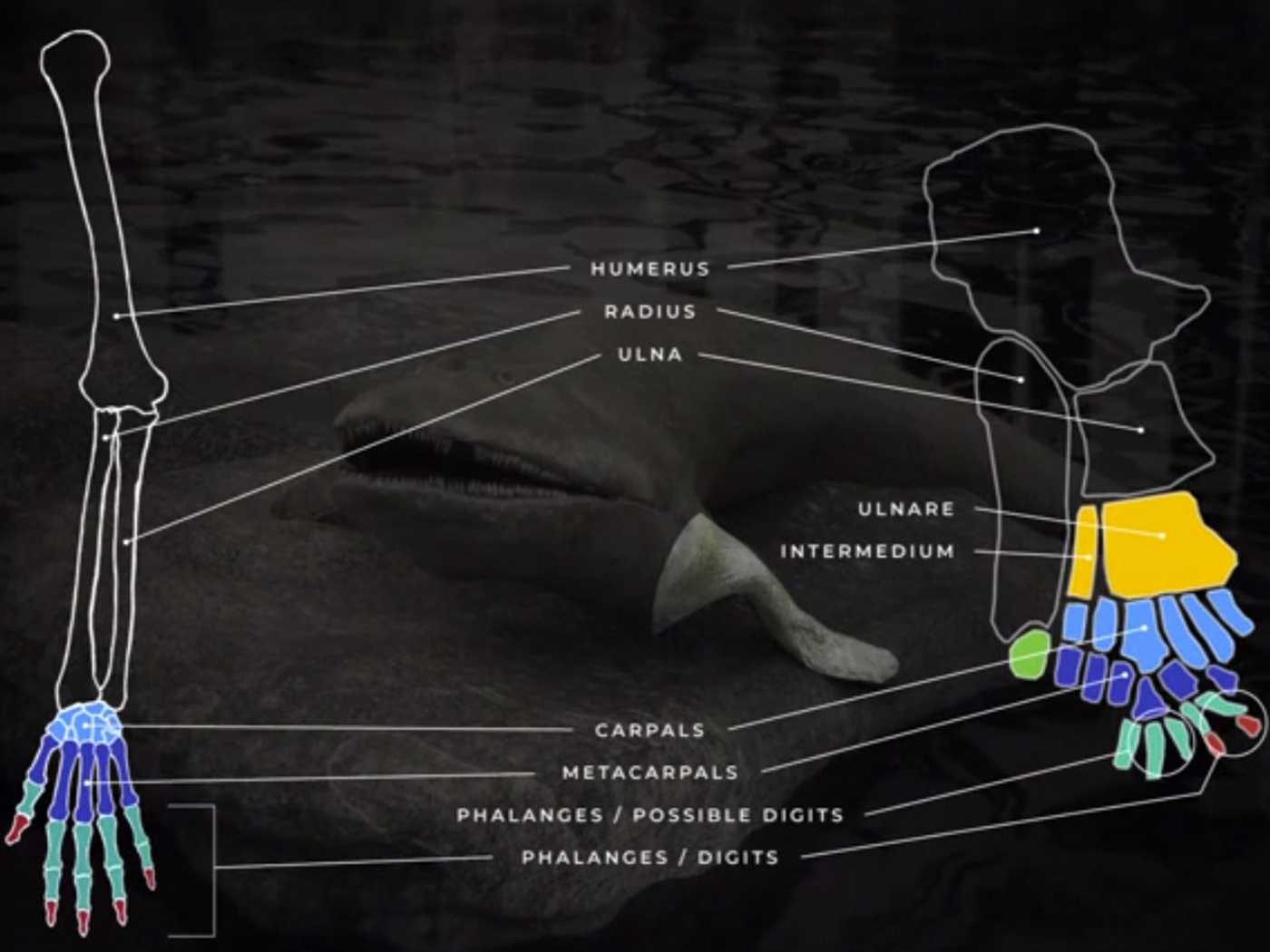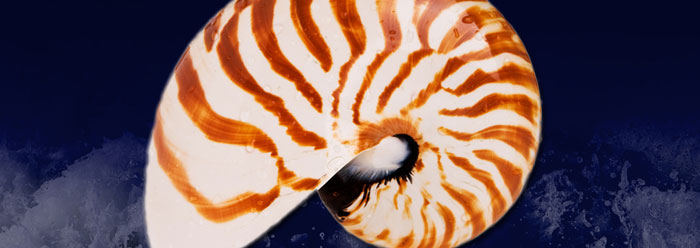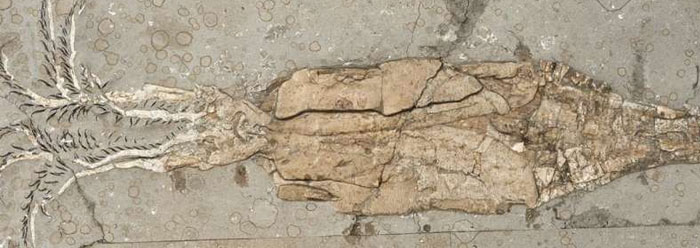The teeth were subjectively dated at 25 million years old, but it is just as scientific to suggest these remains were unearthed from sediments deposited by the Flood about 4,500 years ago. Indeed, other teeth were found with the Carcharocles teeth including the Sixgill shark that is alive and well today. No change in the Sixgill shark for 25 million years? Are we supposed to simply label the Sixgill shark as yet another living fossil? Living fossils are those creatures evolutionists claim have somehow not evolved over immense periods of time.
Creation scientists concur: sharks have always been sharks. ![]()
Where did sharks come from in the first place? Evolutionists don’t know. John Long in his allegedly authoritative book The Rise of Fishes: 500 Million Years of Evolution states, “The mystery remains as to how sharks first evolved.”2 Even the basal or supposedly most primitive sharks (evolutionarily speaking) such as the Cladoselachidae, according to famous vertebrate paleontologist Michael Benton, “was surprisingly modern looking.”3 Creation scientists concur: sharks have always been sharks.
Yes, the three-inch teeth are from a sizable prehistoric shark—an unfortunate creature who died in Noah’s Flood with billions of others about 4,500 years ago.
References
1. Molina, B. Man finds massive teeth from extinct megashark dating back 25 million years. USA Today. Posted on usatoday.com August 10, 2018, accessed August 15, 2018.
2. Long, J. 2011. The Rise of Fishes. Baltimore, MD: Johns Hopkins University Press. 92.
3. Benton, M. 2015. Vertebrate Paleontology, 4th ed. Malden, MA: Wiley Blackwell. 173.
Image: Sixgill sharks
Image credit: Copyright © NOAA Ship Okeanos Explorer. Used in accordance with federal copyright (fair use doctrine) law. Usage by ICR does not imply endorsement of copyright holders.
Mr. Frank Sherwin is Research Associate, Senior Lecturer, and Science Writer at the Institute for Creation Research.























